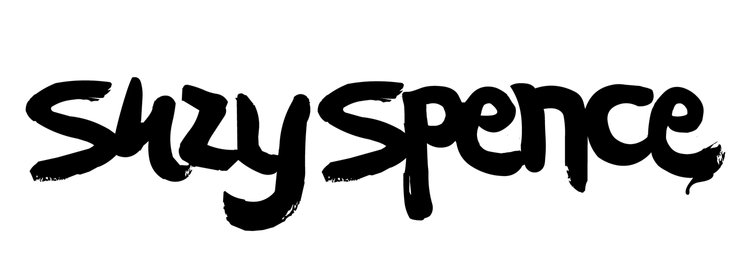“Spence’s feminist approach to history positioned her to make use of its neglected corners. The genre of sporting paintings on which these works comment have their origins in British art from the 18th and 19th centuries. Meant to evoke an ideal of the pastoral life of landed gentry, the paintings’ implicit maleness, whiteness, and class privilege are hallmarks of the genre. As working-class people flocked to cities to work in the factories brought about by the Industrial Revolution, some privileged British men abandoned the cities for the countryside. There, they developed sporting traditions that borrowed the hierarchical and sartorial regimentation of the military, but appropriated them into highly structured sports. Racing horses, shooting game, and foxhunting required military skills (horsemanship, marksmanship, and the direction of a cavalry) that suited their participants’ self-image as self-reliant and close to the land. True to their military past, the garments equestrians wear smartly mask field uses that allude to the sport’s potential for violence: white stock ties, for example, were designed to serve as emergency tourniquets. The threat of danger and time spent in a pristine natural environment combined in a vision of refined ruggedness that contrasted sharply with urban life. In their styles, sporting paintings became as regimented as the sports themselves; grooms stand in profile facing sleek horses fitted with leather tack; red-coated riders sweep over fields as hounds churn the ground below. The world sporting paintings showed was a self-enclosed one—the paintings were collected by the very sportsmen whose bucolic pursuits they idealized.”




